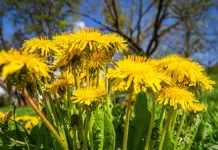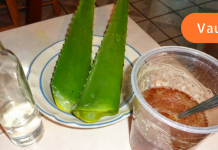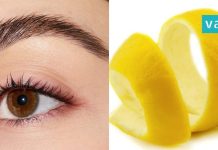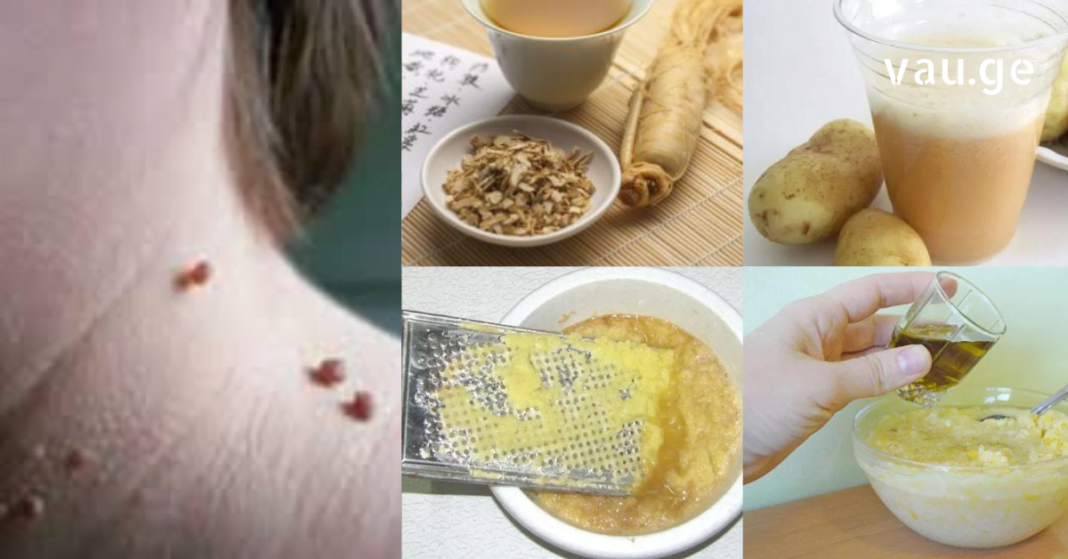Papilloma is an infectious condition caused by the human papillomavirus (HPV). While modern medicine officially classifies this disease as a benign neoplasm, and in most cases it doesn’t pose any serious health threats, it is still recommended to treat it. Ignoring papillomas can lead to discomfort, potential transmission to others, and rare but possible complications. Thankfully, traditional remedies have provided effective natural treatments that have been used for generations. Below are eight of the most effective folk remedies for papilloma removal:
1. Celandine Juice
Celandine (Chelidonium majus) is considered one of the most powerful natural remedies for the removal of papillomas and warts. To use it, collect the entire plant – including flowers, leaves, and stem – and crush it to extract the yellowish sap. Apply the juice directly to the wart or papilloma 3 to 4 times, at intervals of 10 to 15 minutes. Repeat daily until the growth dries out and falls off. This plant contains alkaloids and enzymes that can destroy the virus-infected tissue.
2. Castor Oil
Castor oil is another effective solution because it contains ricinoleic acid, which helps to irritate and break down papilloma tissue. To use it, gently massage castor oil into the affected area for 5 to 7 minutes. For better results, you can follow this by applying a small piece of cotton soaked in celandine juice over the area. Repeat this routine twice a day until the papilloma disappears.
3. Ammonia (Household Ammonium Hydroxide)
Ammonia is a strong antiseptic and is often used in folk medicine to dry out papillomas. For this procedure, wrap a small amount of cotton around the tip of a matchstick or toothpick. Dip the cotton into ammonia and apply it directly onto the papilloma for a few seconds. Be cautious not to touch the surrounding healthy skin. Do this once daily for several days until the growth falls off.
4. Herbal Infusion for Internal Use
Traditional medicine often emphasizes internal cleansing to boost immunity. To make a healing herbal infusion, grate and mix equal parts of dandelion stems, celandine leaves, and barberry leaves. Place 3 tablespoons of this herb mix into a bowl and add 5 cups of water. Bring to a boil and let it simmer for 10 minutes. After boiling, allow the mixture to sit in a warm place for about 3 hours, then strain it. Drink three tablespoons of this infusion three times a day, 90 minutes before meals.
5. Garlic Cream
Garlic is known for its strong antiviral and antibacterial properties. To make a garlic cream, finely mince one clove of garlic and mix it with two teaspoons of any hand cream. Stir well to form a smooth paste. Apply the cream directly onto the papilloma, cover with a bandage, and leave it for 2–3 hours. Then remove and rinse the area. Repeat this procedure daily for three to six weeks.
6. Celandine Oil Infusion
For this remedy, gather fresh celandine during its flowering period. Finely chop the plant with your hands (do not use a knife) while wearing gloves to avoid skin irritation. Fill a glass jar halfway with the chopped plant, then top it up with high-quality vegetable oil in a 1:1 ratio. Let it sit in a cool, dark place for one month. Once ready, apply the oil infusion to papillomas 2 to 3 times daily until they completely vanish.
7. Green Walnut Infusion
Unripe (green) walnuts with a soft shell can also help treat papillomas. Grind the green nuts using a meat grinder or blender. Fill two-thirds of a large glass jar with the walnut paste and pour vegetable oil over it until full. Seal the jar tightly and place it in a cool, dark location for three weeks. Afterward, strain the mixture and store it in a dark glass bottle. Rub the oil onto the papillomas daily.
8. Dandelion Flower Tincture
To make this tincture, tightly pack a glass jar with fresh dandelion flowers. Fill the jar with triple cologne (a common Eastern European antiseptic solution) and leave it in a dark place for two weeks. It’s important to use only triple cologne. After two weeks, strain the liquid. Apply the tincture to the papillomas three times a day. Alternatively, fresh dandelion sap can also be used directly on the skin growths.


















